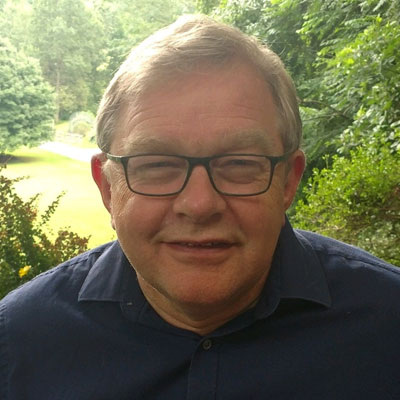Bill Sparks

Research Scientist
Disciplines: Astronomy
Degree/Major: PhD astronomy, University of Wales (Cardiff University), UK
wsparks@seti.org
Dr. William Sparks obtained his undergraduate degree in mathematics from the University of Cambridge, his M.Sc. in astronomy at the University of Sussex, UK, and Ph.D. in astronomy at the University of Wales (now Cardiff University) in 1982. He held postdoc positions at the University of Sussex and Royal Greenwich Observatory before moving to the Space Telescope Science Institute in Baltimore, USA, as a European Space Agency research fellow. After two postdoc years, Dr. Sparks transferred to an AURA staff position, and held a variety of leadership positions for Hubble Space Telescope instrumentation, including NICMOS group lead, deputy ACS group lead and Deputy Division Head. He was project scientist for the Early Release observations for the first Hubble servicing mission, designed to test and display the scientific capabilities of HST after its optical fix. Before taking an STScI emeritus position, Dr. Sparks worked in the Community Missions Office, most recently on the TESS archive and ground system development. Dr. Sparks was a member of the Terrestrial Planet Finder Science Working Group, the Exo-S starshade Science and Technology Definition Team, and an investigation definition team member for both the Faint Object Camera and Advanced Camera for Surveys on HST.
Dr. Sparks’s scientific research began with an optical study of the properties of radio galaxies, and has continued with studies of the physics of active galaxies, galaxy clusters and their interstellar medium. In recent years, his research has moved into astrobiology, exoplanet detection and characterization and the search for life in the Universe. He showed microbial life can be detected remotely using circular polarization, a diagnostic of homochirality, and he patented a new type of polarimeter, potentially well-suited to the task. He also became heavily involved in using HST to search for plumes on Europa, which may offer the prospect of easier access to the liquid subsurface of Europa and a candidate location to seek evidence of extant life beyond Earth. Dr. Sparks is also exploring the use of light echoes from stellar flares as a means to detect and characterize exoplanets, particularly those of the ubiquitous M dwarfs.
